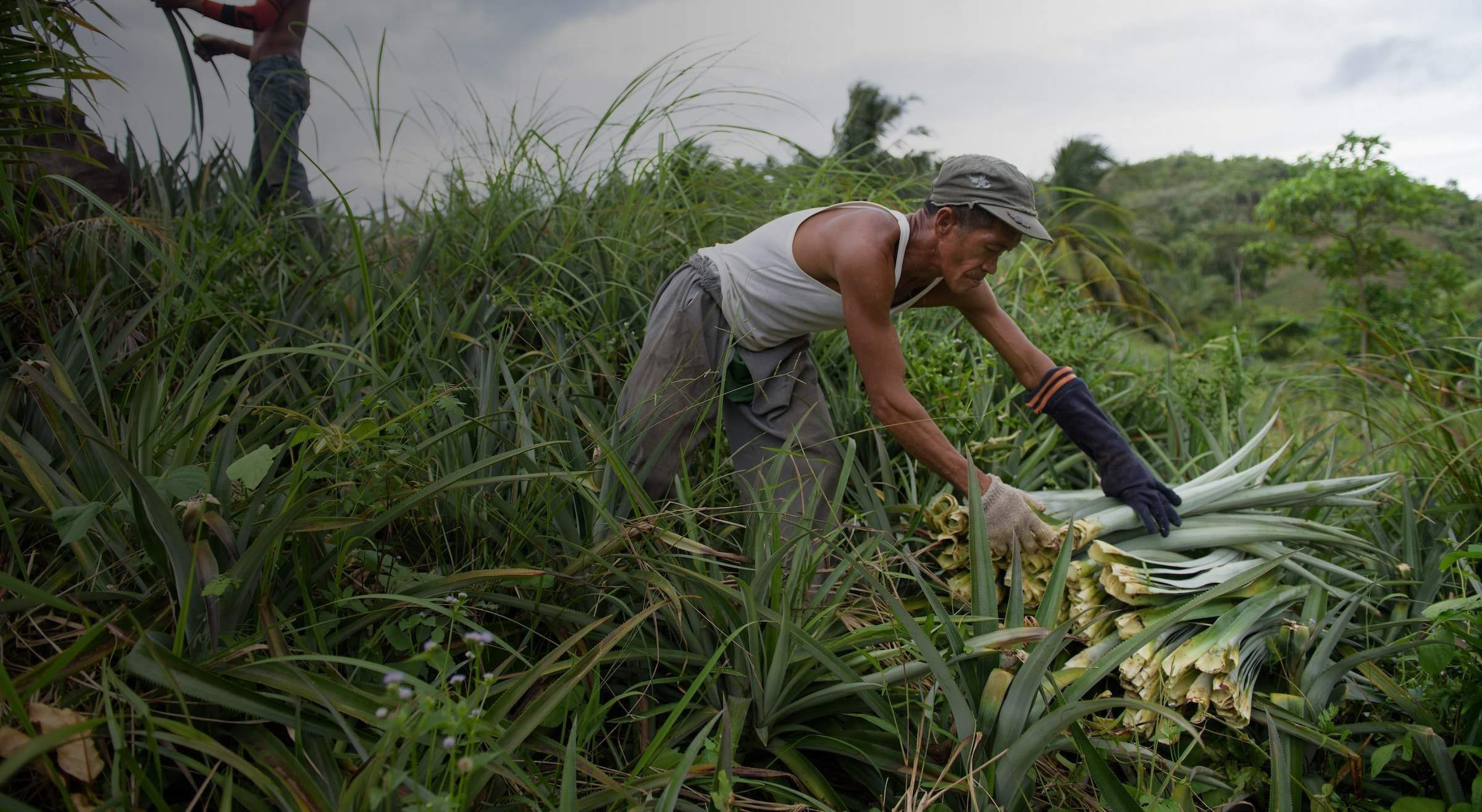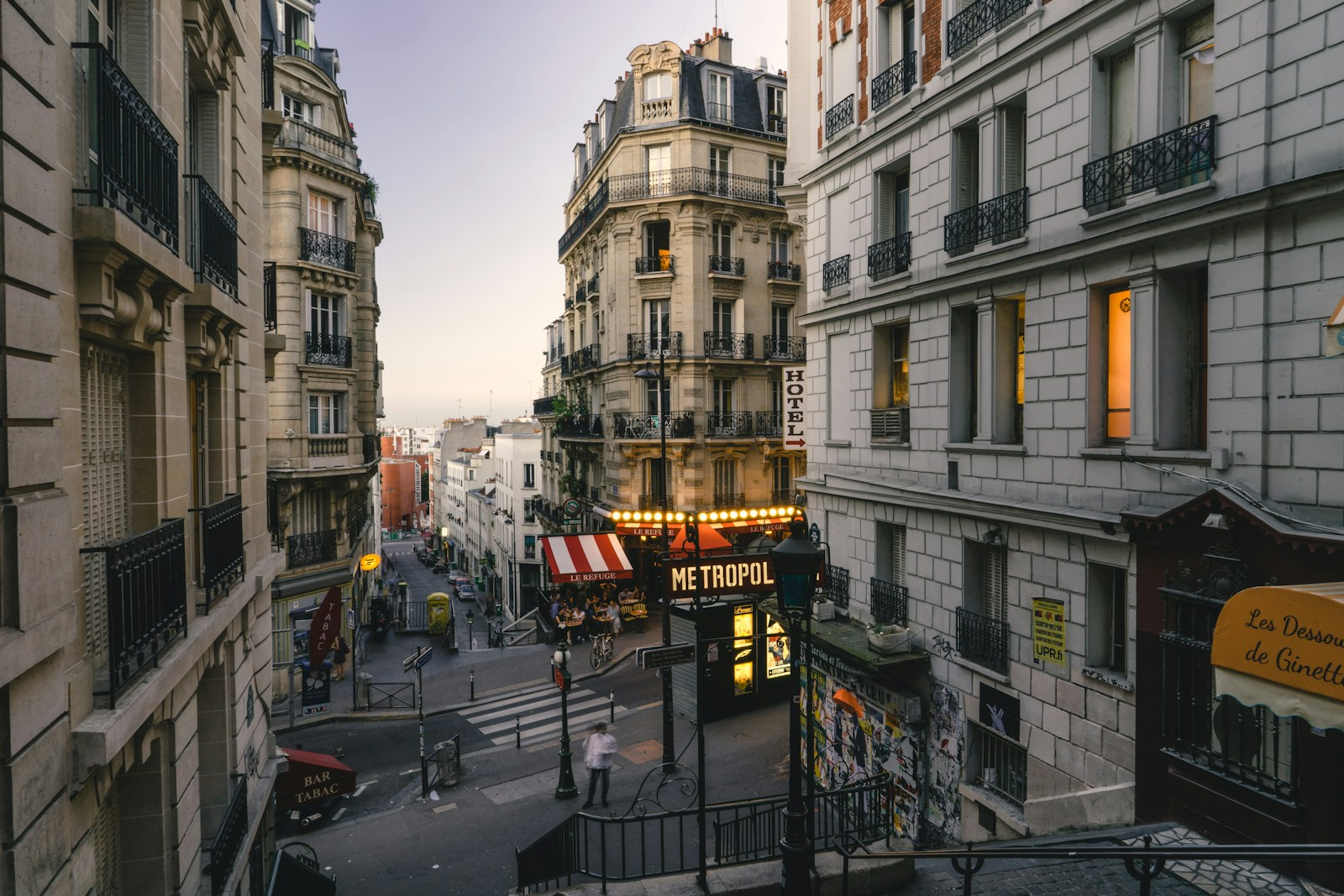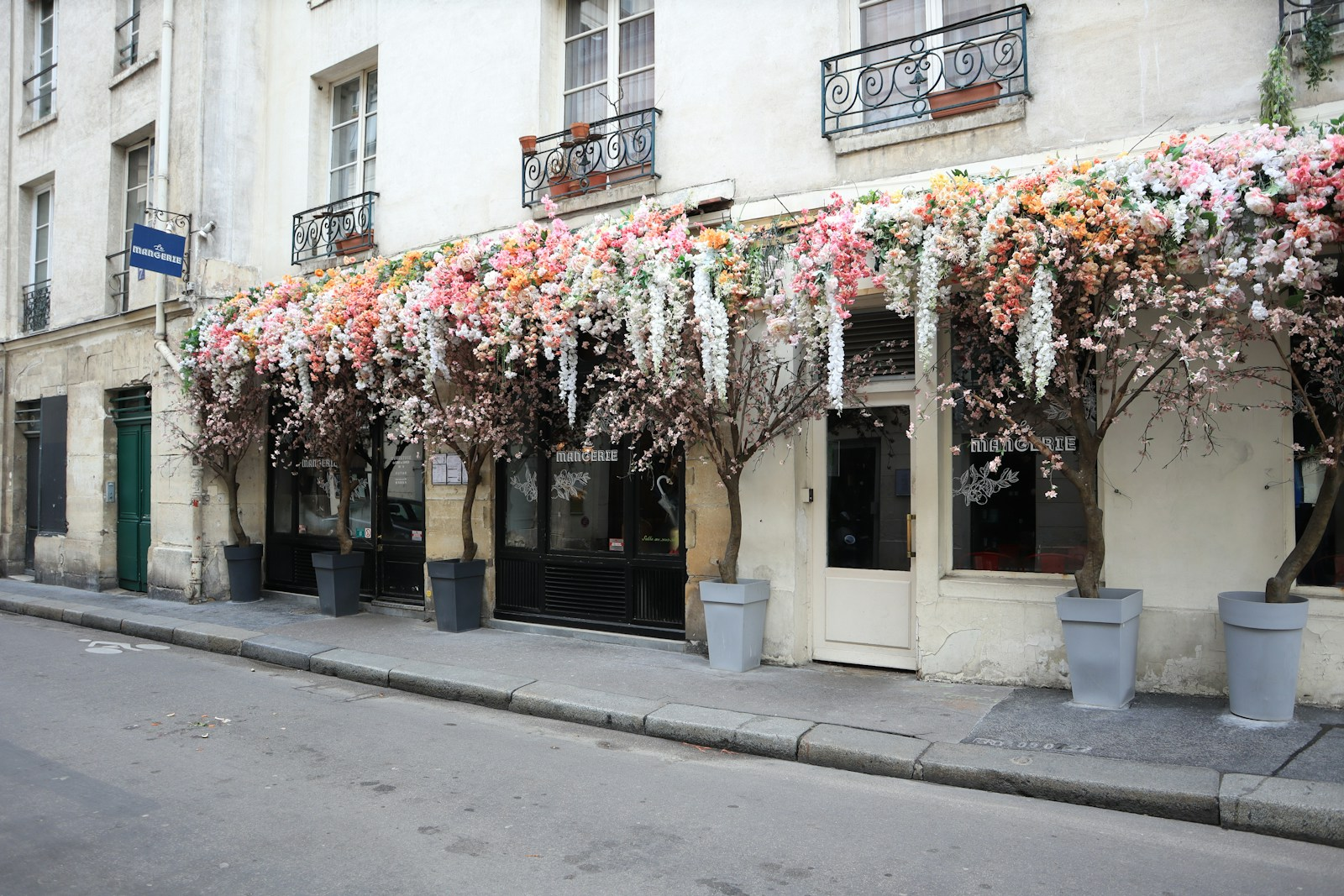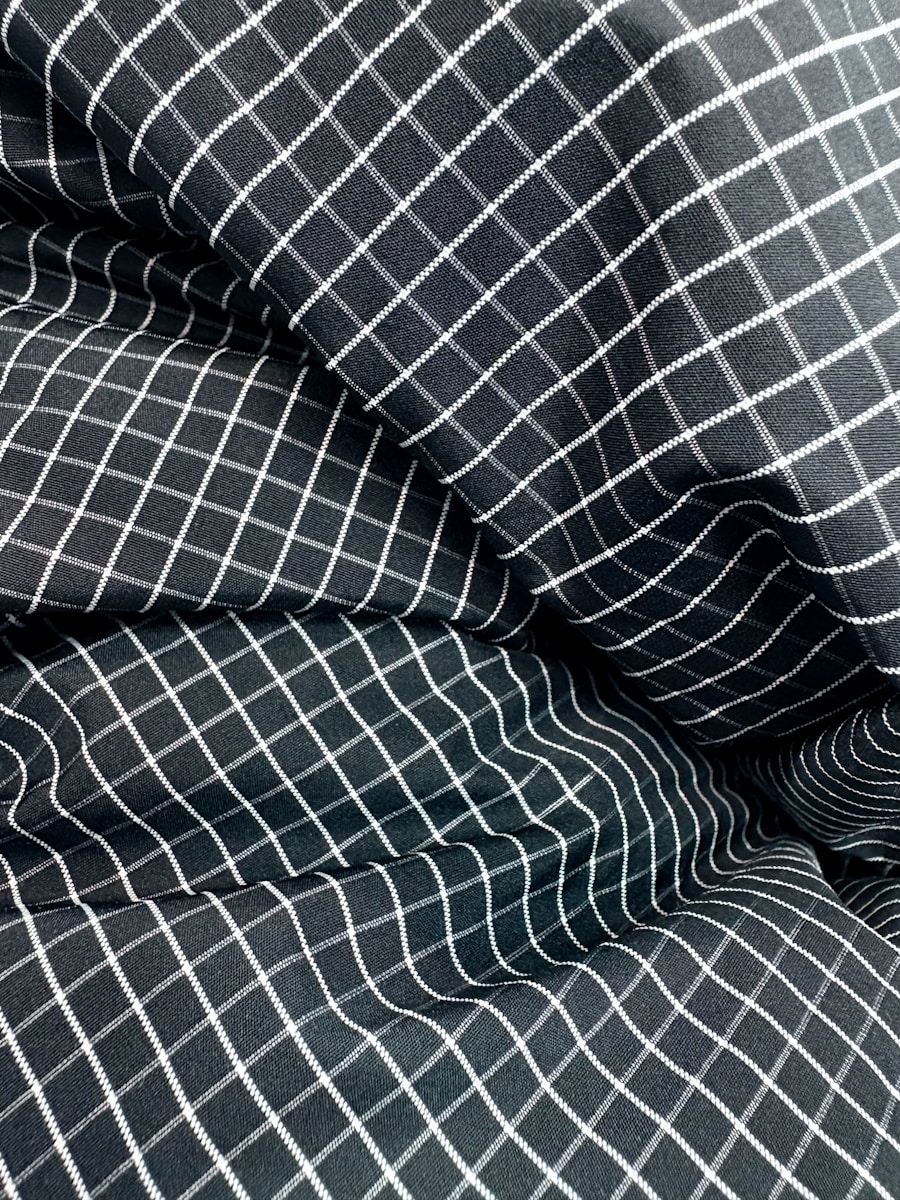Forget what you know about materials. The question is no longer about silk, cotton, or leather. The vanguard of design is asking a more intriguing question: which fruit are you wearing?
The fashion landscape is undergoing a radical, silent revolution. It’s moving away from resource-depleting traditions and synthetic stopgaps and towards a future where luxury is defined not by exclusivity alone, but by its integrity. This is the rise of biofabrics—a sophisticated class of textiles conceived from nature’s most ingenious and abundant waste streams. They represent a profound shift towards a circular economy, transforming the 1.3 billion tonnes of annual food waste into the building blocks of high design.
At Tazur, we are captivated by this fusion of advanced science, environmental ethics, and impeccable aesthetics. These are not mere alternatives; they are the upgrades. Here are the pioneers reshaping our material world.
Piñatex: The Leaf of Innovation

The story begins with a revelation. Dr. Carmen Hijosa, a leather industry expert, witnessed the horrific environmental impact of mass leather production and tanning firsthand. Her response was not to critique, but to create. She founded Ananas Anam and dedicated years to perfecting Piñatex, a premium textile sourced from an unexpected yield: pineapple leaves.
This is sustainability at its most intelligent. The leaves are a byproduct of existing pineapple harvests in the Philippines, traditionally burned or discarded. Their transformation into Piñatex requires no additional land, water, or pesticides, creating a new revenue stream for farming communities while cleaning up the supply chain. The material itself is a technical marvel: water-resistant, durable, and pliable, meeting the exacting standards of brands like Hugo Boss and H&M.
Its current limitation is a synthetic coating, preventing it from being fully biodegradable. However, true to its pioneering spirit, Ananas Anam is already developing a bio-based finishing to close this loop, proving that innovation is a continuous journey.
Mylo™: The Underground Revolution

If pineapples are a story of agricultural ingenuity, Mylo is one of biological alchemy. Engineered by Bolt Threads, Mylo is a bio-leather grown from mycelium—the intricate, root-like network of fungi. This isn’t just making material; it’s cultivating it.
The process is breathtakingly efficient. Mycelium cells are fed a diet of sawdust and organic biomass in a controlled environment, where they self-assemble into a lush, foamy mat in just two weeks. This network can be genetically guided to grow around embedded materials like cotton, creating unique composites. The resulting material is then tanned and dyed without the toxic chemicals like chromium endemic to traditional leather, resulting in a material that is both ethically sound and physically luxurious, adopted by visionaries like Stella McCartney.
Desserto: The Desert Bloom

From the arid landscapes of Mexico comes Desserto, a paradigm-shifting organic leather derived from the Nopal cactus. Its creators, Adrián López Velarde and Marte Cázarez, spent two years in R&D to engineer a material that is soft, durable, and—crucially—incredibly low-impact. The cactus requires no water to cultivate, thriving in abundance across Mexico .
The material’s performance is its passport. Its durability and elasticity have made it suitable for everything from haute couture to automotive interiors, proving sustainability does not mean compromise. It’s free from phthalates and PVC, and while partially biodegradable, its ultra-low carbon footprint makes it a powerful force for change, as seen in its collaboration with H&M’s Innovation Stories .
Fleather: The Sacred Upcycle

Some of the most groundbreaking discoveries happen by accident. Phool.co began not as a textile company, but as an effort to clean the sacred Ganges River from the eight metric tonnes of toxic floral waste dumped into it daily. While creating products from this waste, founder Ankit Agarwal noticed a thick, fibrous material growing on a pile of flower fibres—a material with the tensile strength and elasticity of leather.
Thus, Fleather was born. The process involves culturing microorganisms on a flower-based substrate for weeks to create a material that feels like “the real deal.” Though not yet on the market, its potential is undeniable, having already won a UN Sustainability Award and piqued the interest of three global luxury houses. It’s a story where environmental remediation directly births beauty.
Orange Fiber: The Italian Silk

In the heart of Italy’ citrus industry, Orange Fiber was born from a thesis idea. Adriana Santanocito and Enrica Arena tackled the 700,000 tonnes of annual citrus waste (“pastazzo”) by extracting cellulose and spinning it into a sumptuous, silky cellulose yarn.
This is not a blunt-force material; it’s a nuanced one. The yarn can be customized—blended for different properties, finished to be shiny or opaque. Its pure form is soft, lightweight, and drapes beautifully. This inherent luxury caught the eye of Salvatore Ferragamo, which launched the first major capsule collection using the fabric, signaling that biofabrics had irrevocably arrived in the world of high fashion.
Vegea

Where others see the dregs of winemaking, Vegea sees potential. This ingenious company repurposes grape marc (the skins, seeds, and stems) into its Vegeatextile®. Italy’s massive wine industry produces a staggering amount of this waste, and Vegea’s process requires minimal water and involves no hazardous solvents.
The material’s elegance and sustainability were instantly recognized. After winning the H&M Global Change Award, it was swiftly adopted by designer Tiziano Guardini and integrated into collections by H&M and & Other Stories, blending the worlds of viticulture and fashion in a truly poetic way.
AppleSkin
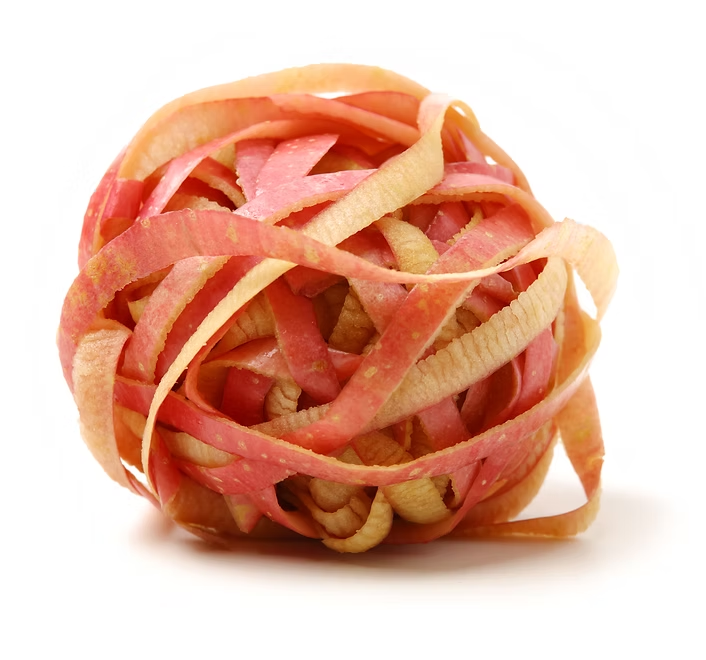
The quest for circularity continues with AppleSkin by Vegatex, which transforms pulp waste from the juicing industry into a compostable leather alternative. While the process is patented, the principle is clear: it reduces the need for virgin materials, lowering emissions and energy use across the entire chain.
Fruitleather Rotterdamn

Similarly, Fruitleather Rotterdam is a grassroots initiative tackling urban food waste. A team of students began salvaging discarded fruit from markets, processing it into a durable, vegetal leather to create everything from handbags to lampshades, proving that innovation can start at the most local level.
Bananatex®: The Technical Jungle Fabric

Bananatex® is the world’s first technical fabric made from the stalks of Abacá banana plants. The result of a three-year research project by Swiss brand QWSTION, it represents a closed-loop ideal. The plants require no pesticides or extra water and regenerate within a year. The final fabric is waterproof (thanks to a beeswax coating) and, at the end of its life, can be composted in your kitchen. This is performance wear, redefined by nature.
True modern luxury is no longer defined by opulence alone, but by origin, intention, and integrity. With our unprecedented access and resources today, it is our responsibility to see potential in the discarded from innovation processes to transform waste into wonder without sacrificing beauty or performance. It is the profound understanding that the most exquisite materials are not taken from the earth, but are grown in harmony with it.

